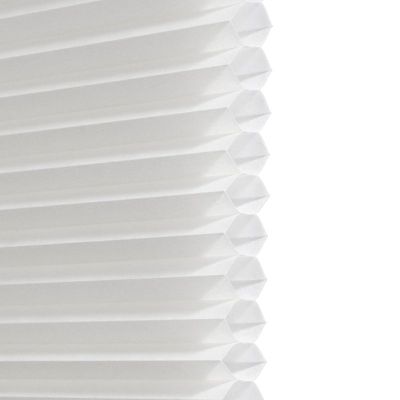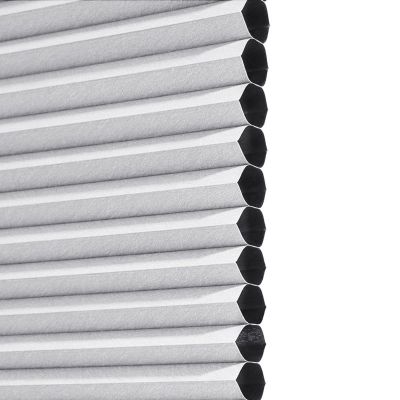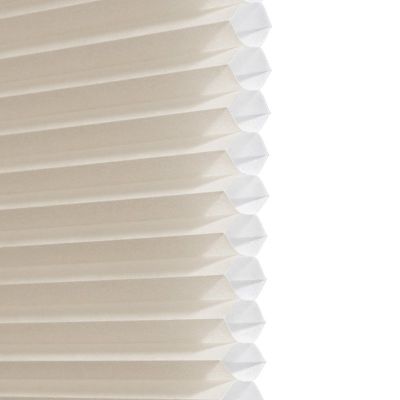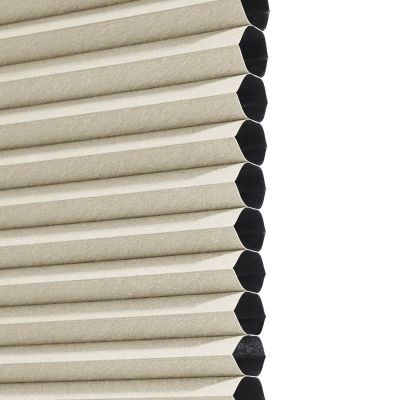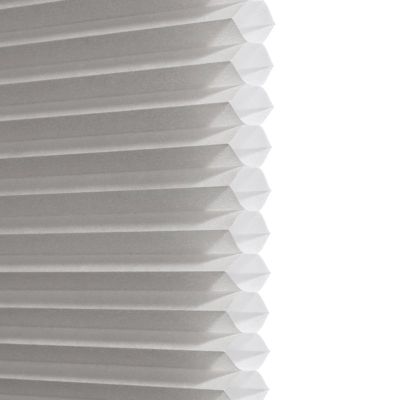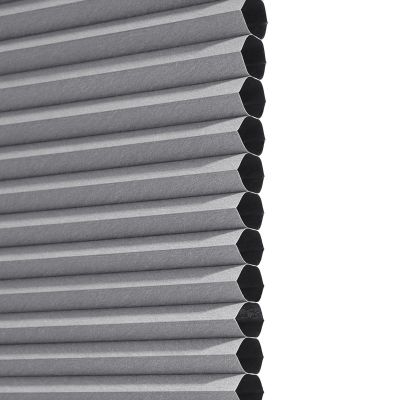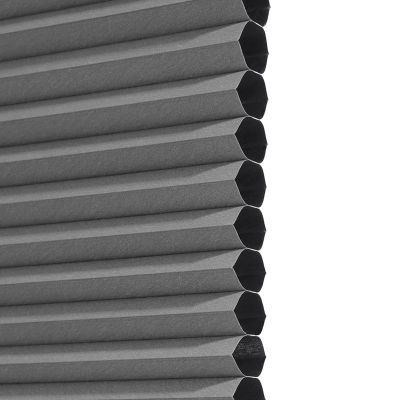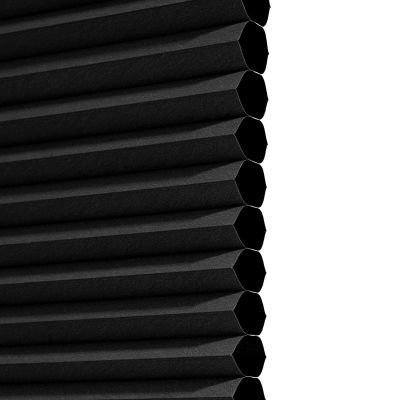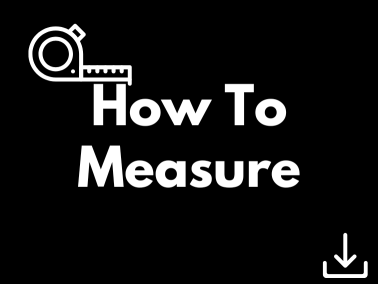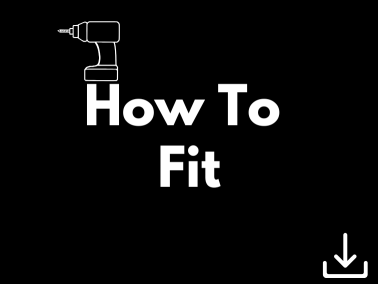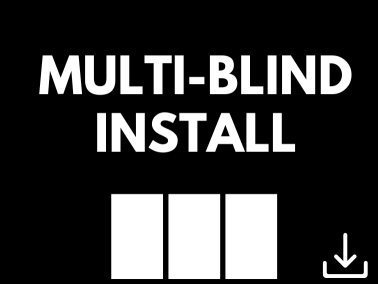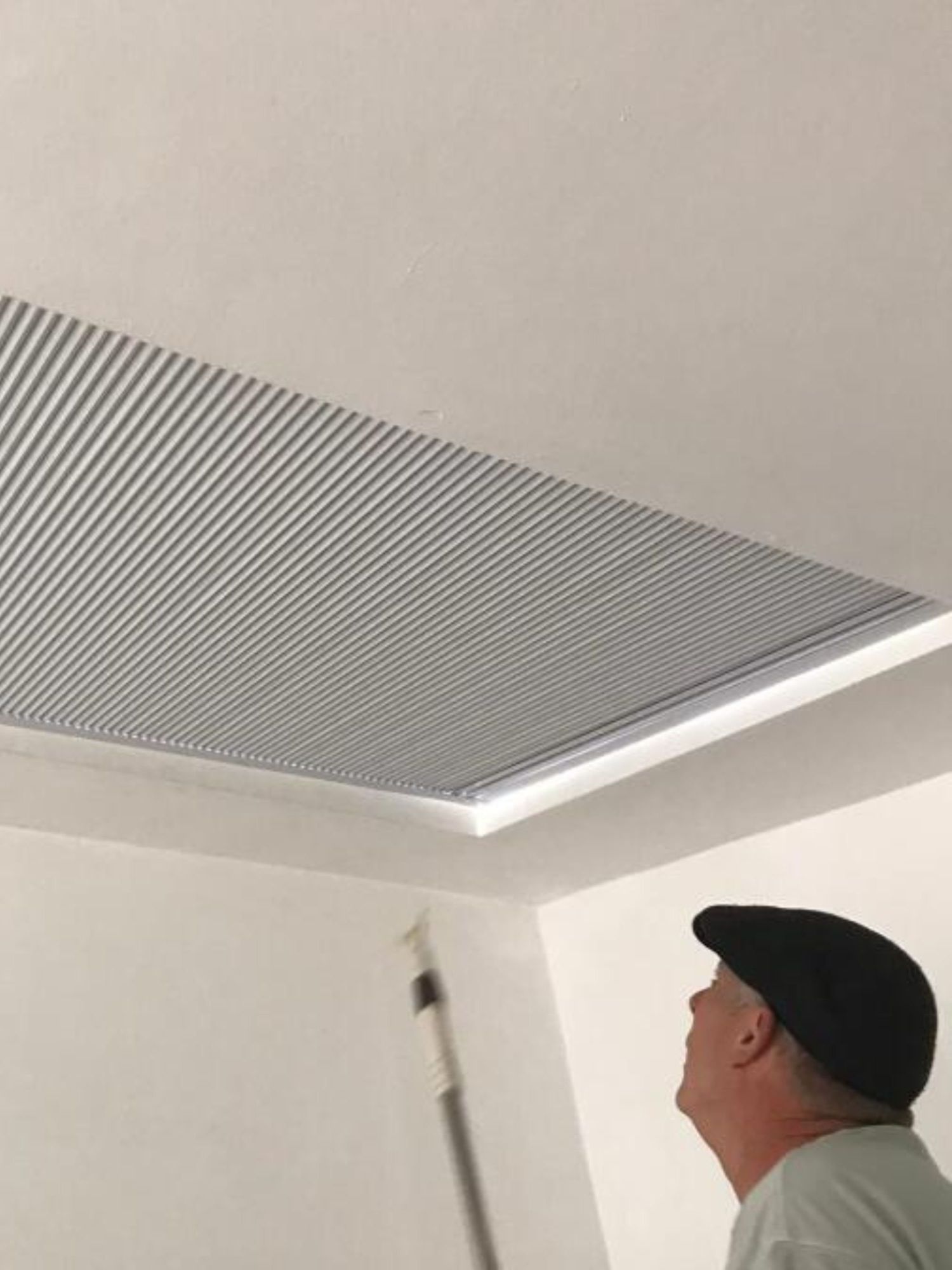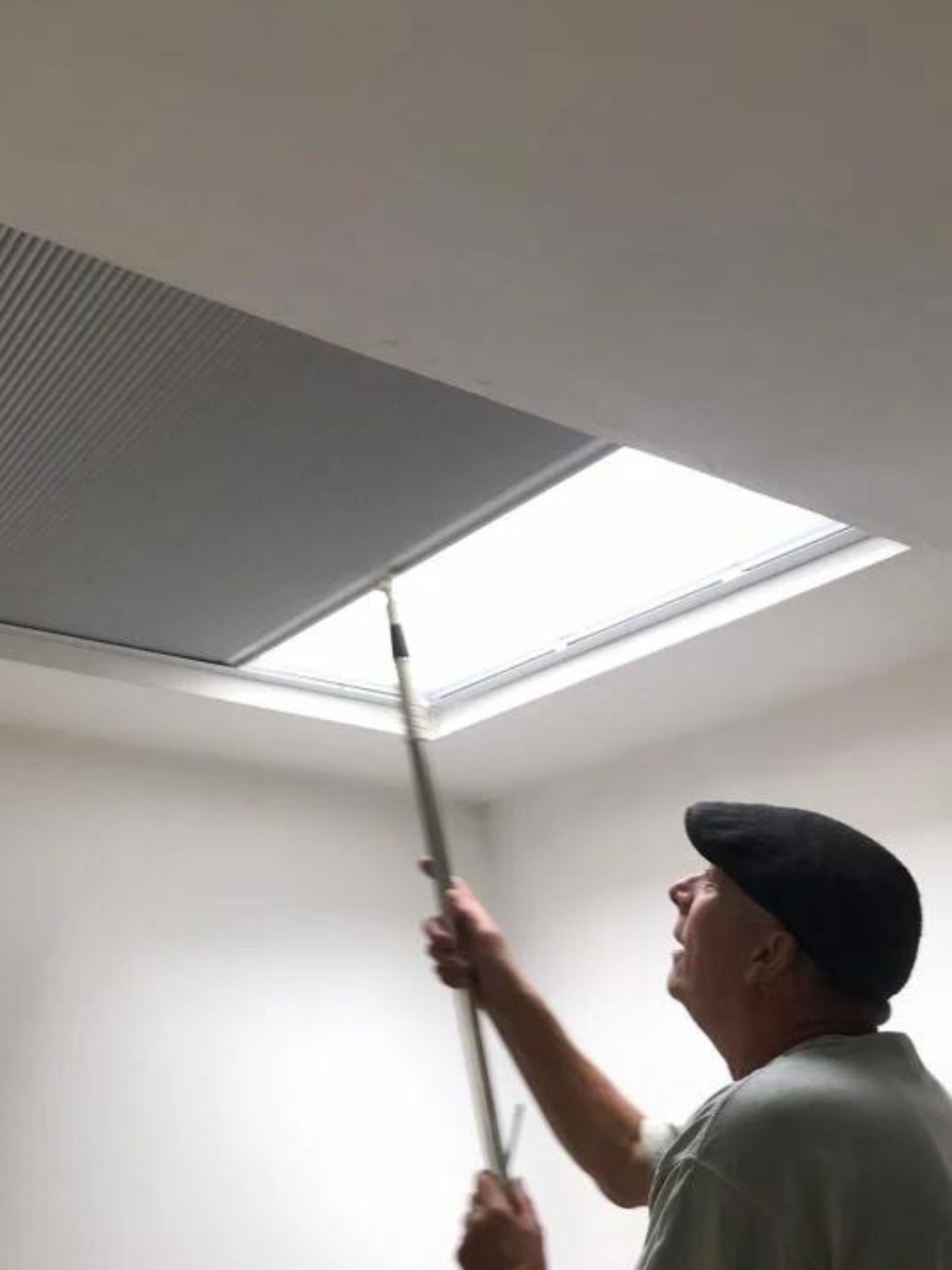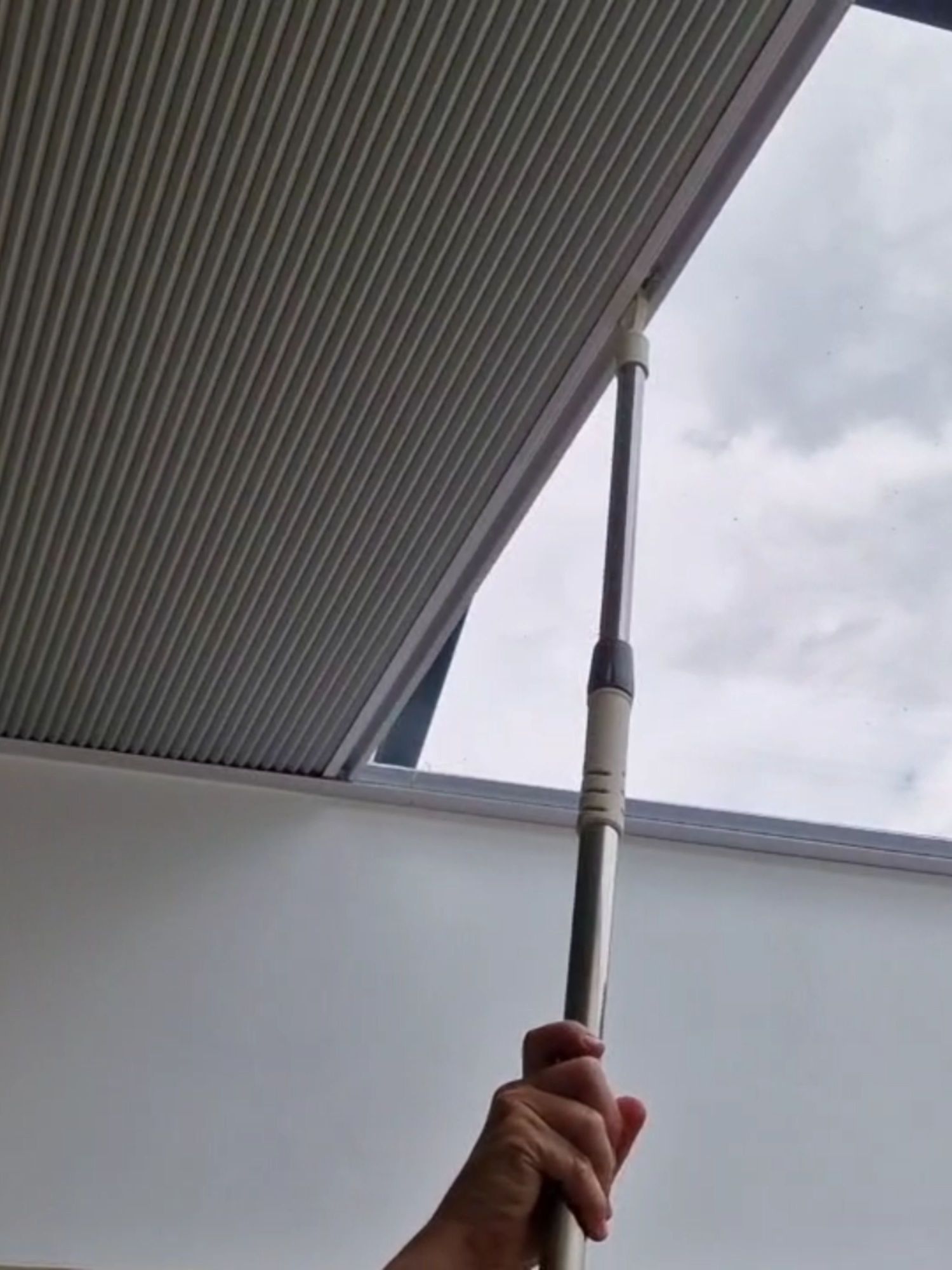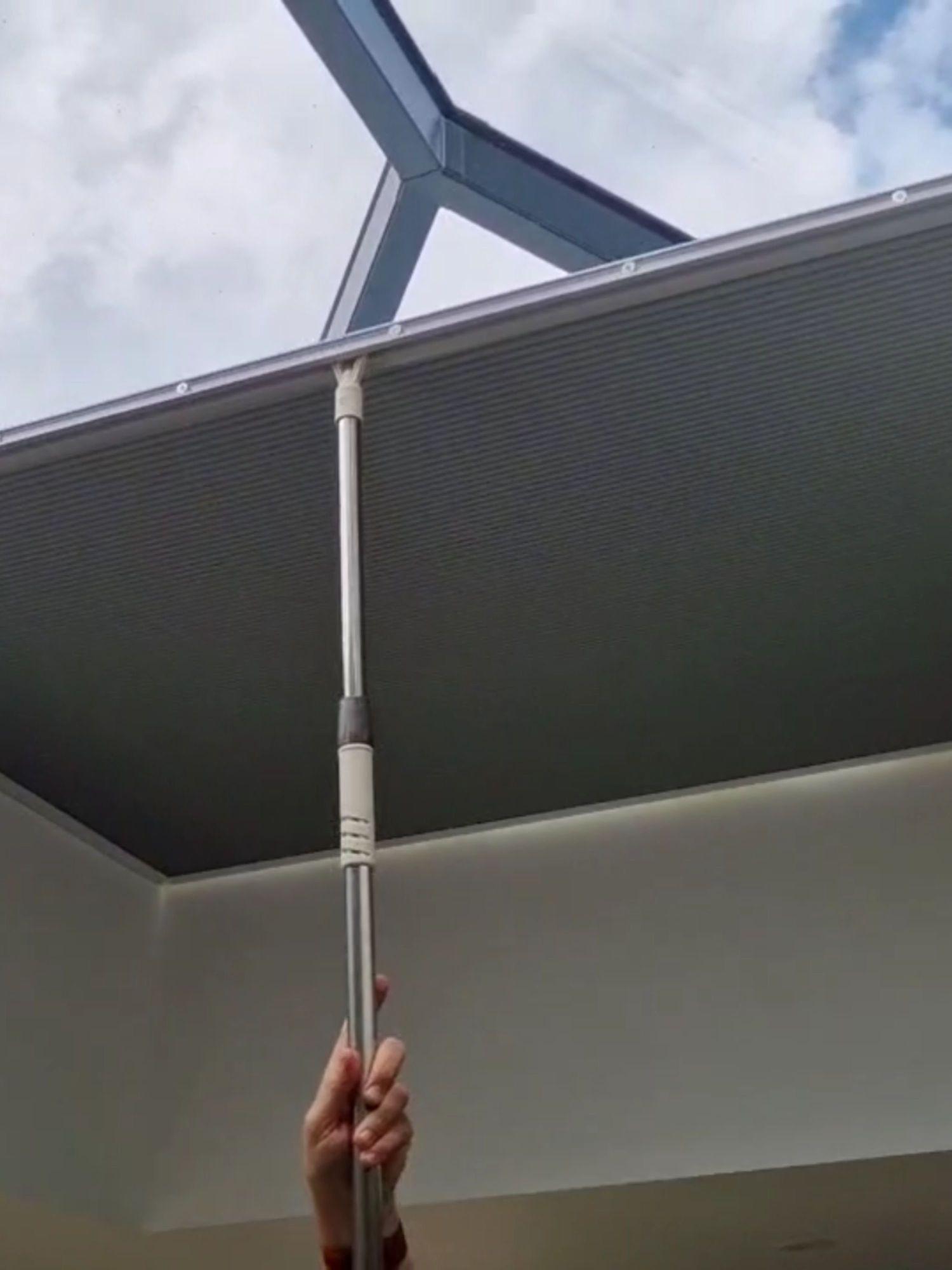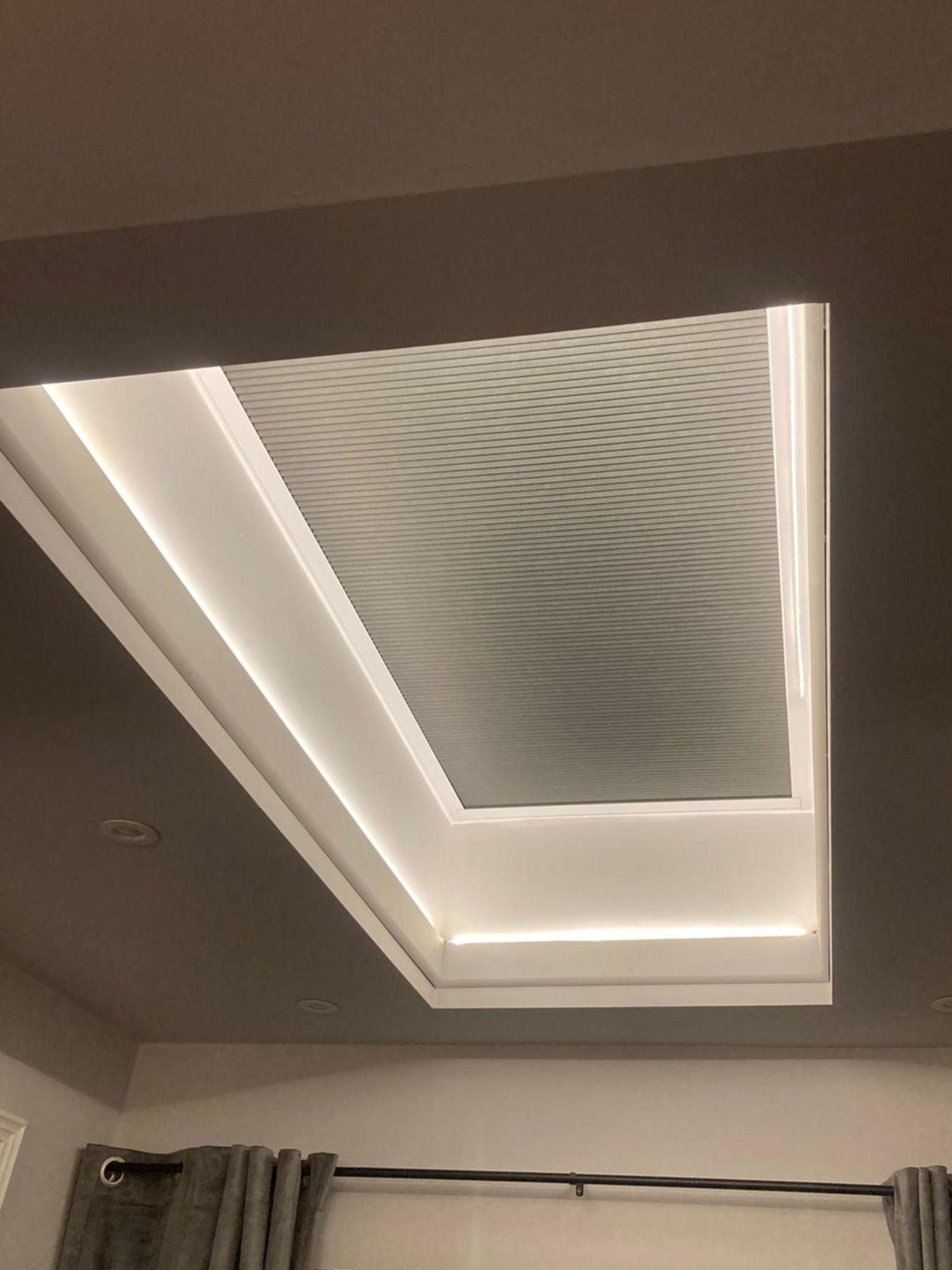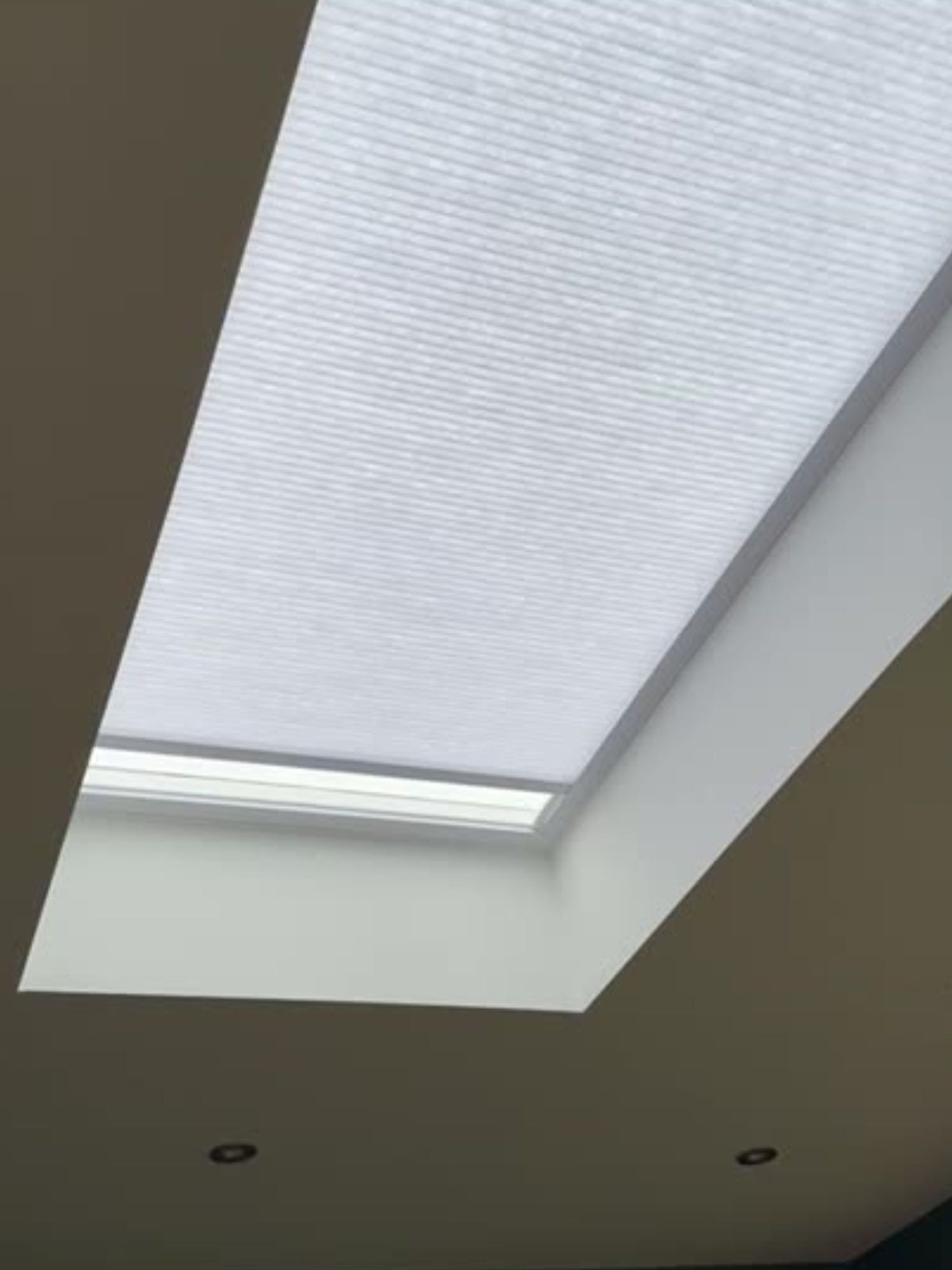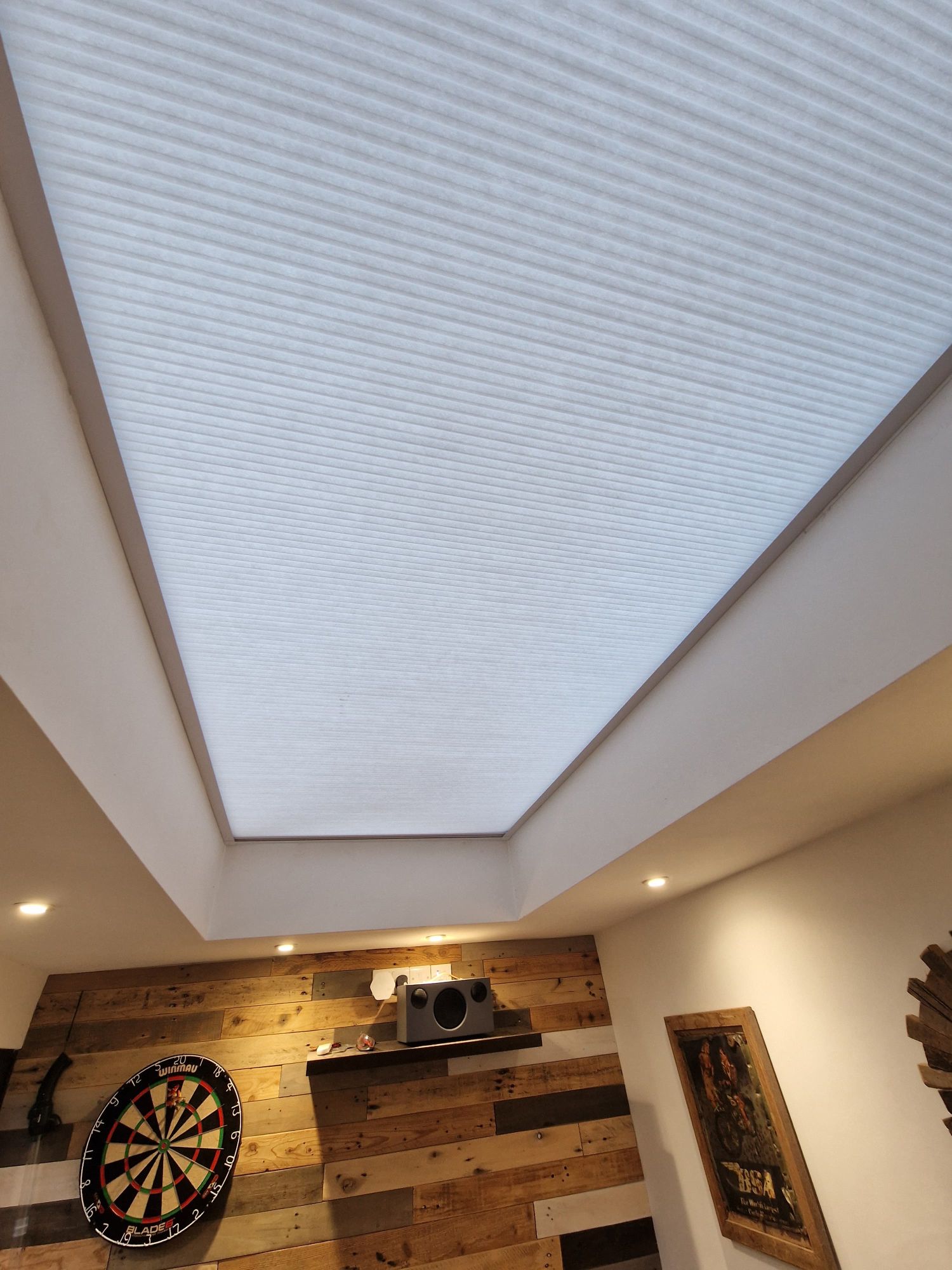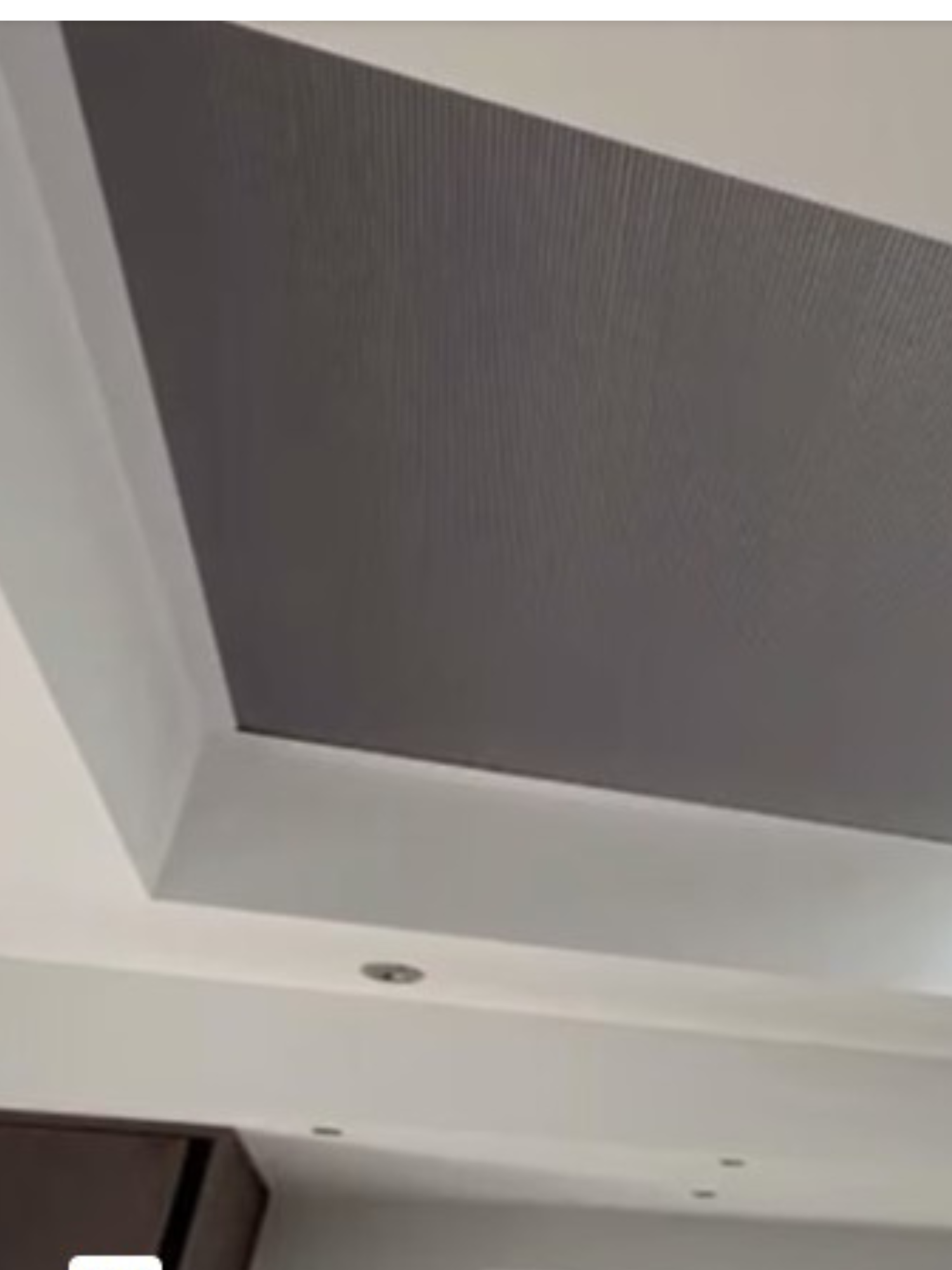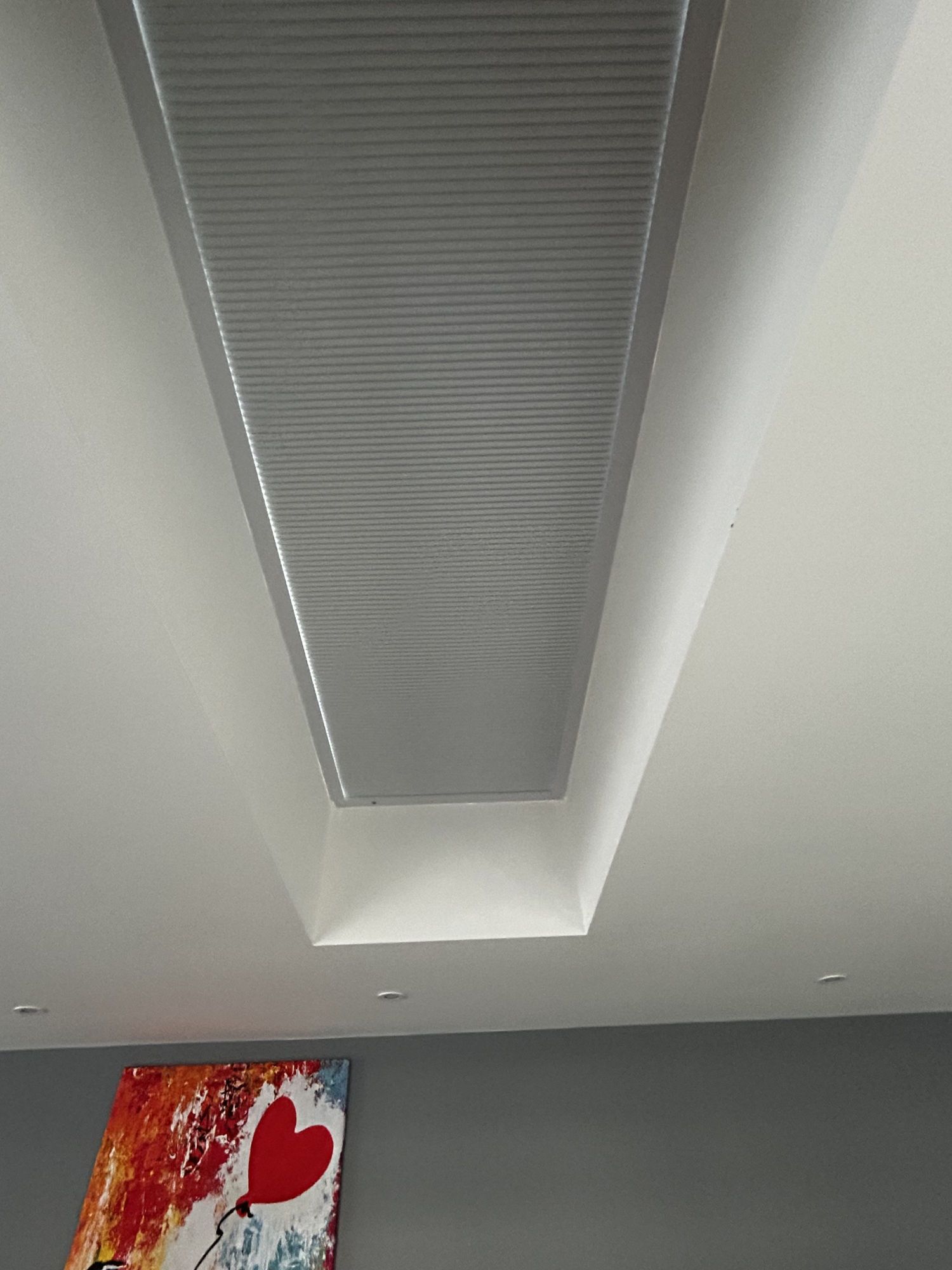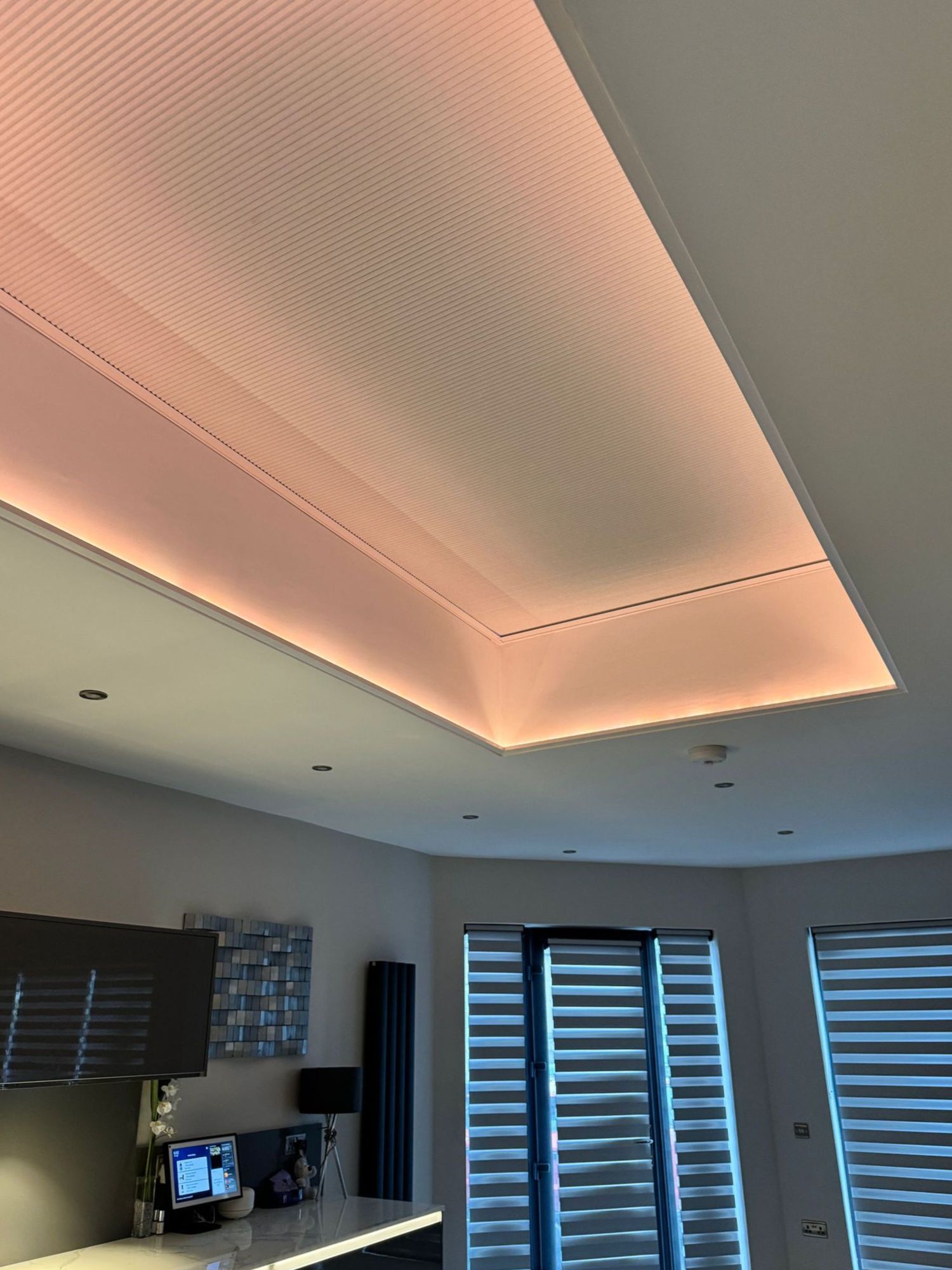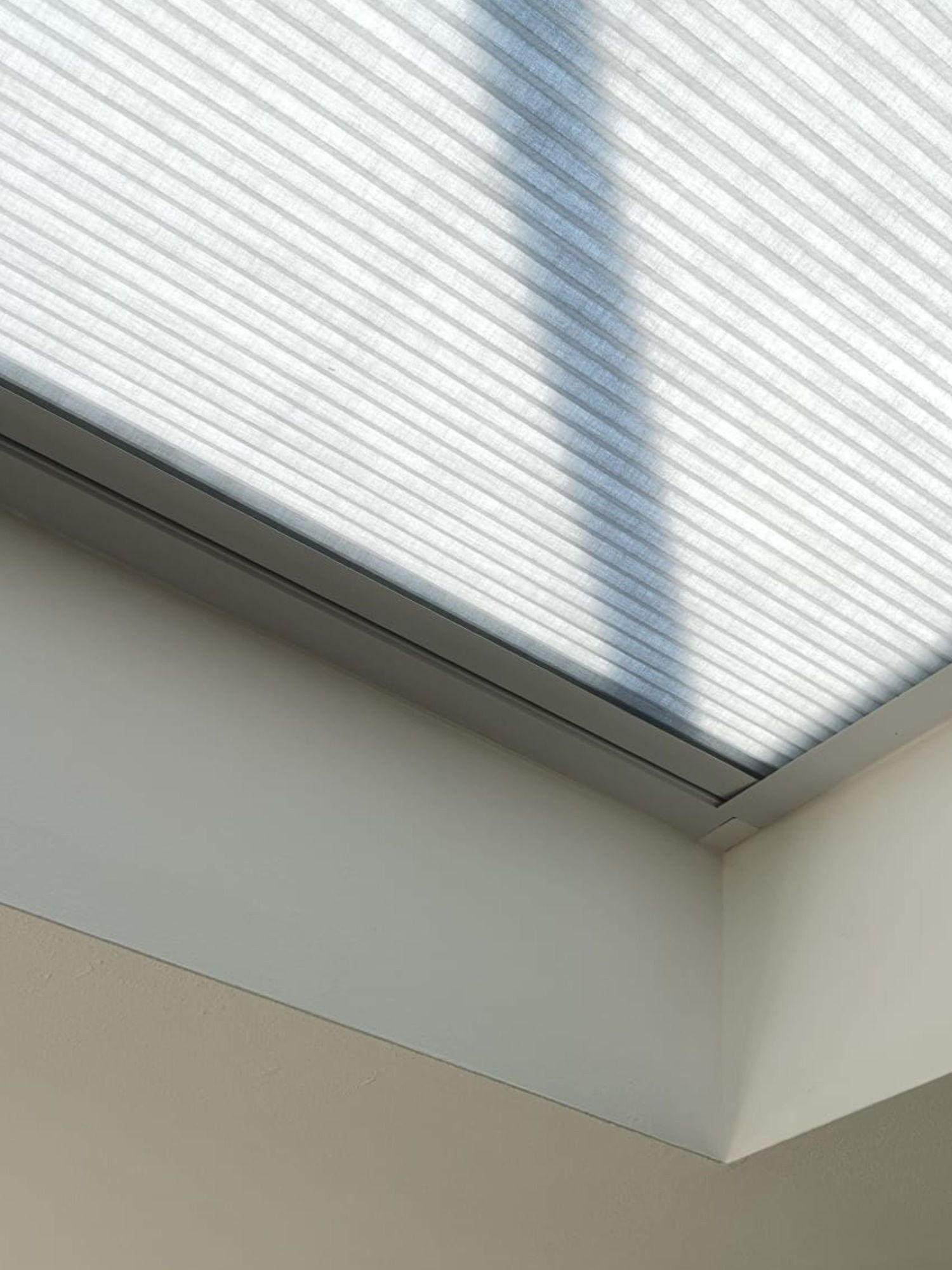Honeycomb Openview Manual Blind
Discover everything you need to know about the Honeycomb OpenView Manual Blind
The stylish, easy-to-use solution for managing light, glare, and temperature in your roof lanterns and skylights — all without the need for electrics.
🔹 Hands-on demonstrations of our anti-glare fabric in action
🔹 Simple, step-by-step fitting guides for hassle-free self-installation
🔹 Real-life customer transformations and design inspiration
The Honeycomb OpenView Manual Blind is the perfect blind for most roof windows. From very small skylight windows right through to large roof lantern windows. The hollow nature of the fabric traps air creating a barrier against heat loss and gain. This easy-to-fit thermal manual blind is a cellular fabric blind that sits within its own frame. This attractive blind moves up and down the window on hidden guide wires and is visibly wire-free.
Minimum width: 250mm
Max width: 1850mm x Max length: 5000mm*
* it is recommended to opt for the Twin honeycomb OpenView manual blind for lengths over 3500mm long
No Visible Guidewires
No power needed: Rod operation
Thermal: Comes in a selection of thermal blackout or antiglare thermal fabric
Fabric Choices
Honeycomb Openview Manual Blind FAQ's
Honeycomb OpenView manual blind
Fits anywhere "inside the recess"
It is a robust 4-sided frame blind (more forgiving on out-of-square recesses)
It is less fragile and doesn't fault easily
We usually recommend the honeycomb OpenView manual blind over the SkyFIT manual blind as it is more suitable for windows that are out of square and can fit anywhere inside the recess. Whereas the SkyFIT blind only fits at the bottom edge of the recess (flush with the ceiling) and it is more suitable for out-of-square recesses.
Fits at the "bottom edge of the recess flush with the ceiling"
Is a 3-sided frame (relies heavily on the squareness of your recess)
Needs to be operated very carefully to ensure that the roller fabric is not pulled out of the side channels
To help your blinds stay in top condition and look great for years, here are some helpful tips for care and maintenance.
A Note on Honeycomb Fabric
Honeycomb fabric features hollow cells with open ends, meaning it can occasionally trap flies or debris. However, the Honeycomb Openview Manual Skylight Blind is cleverly designed to fit snugly within its own frame, thus reducing this issue. A little regular cleaning will keep your blinds in perfect shape.
How to Clean Your Blinds
Cleaning the Fabric
- Close the blind until it’s about three-quarters closed.
- Gently remove dust using a vacuum cleaner with a soft brush attachment.
- To clean between the pleats, carefully shift the fabric while in this position.
Cleaning the Aluminium Frame
- Wipe the aluminium frame with a glass cleaner.
- The durable powder-coated finish ensures no damage from standard cleaning products.
Cleaning the Side Channels
- Use a vacuum cleaner to remove any dust or debris from inside the side channels.
- Don’t stress about perfection—your blinds are designed to function reliably without intensive cleaning.
Dos and Don’ts for Cleaning
Avoid these products:
- Solvents
- Abrasive cleaning sands or pastes
- Organic thinners
- Harsh alkaline detergents
Use these instead:
- A mild detergent and water or soap and water solution.
- Soft sponges or cloths (avoid anything abrasive like steel wool).
How Often to Clean Your Blinds
For optimal performance and appearance, aim to:
- Clean them at least twice a year:
- Once after winter, to remove accumulated dust.
- Once after summer, especially if windows or doors are frequently open.
Regular Maintenance Tips
Inspect your blinds periodically to ensure they’re in perfect working order. Look out for:
- Unusual noises when opening or closing.
- Uneven movement, such as one side operating faster than the other.
- Loose screws in the side channels.
- Signs of wear and tear on cords or other moving parts.
By following these simple steps, your Honeycomb OpenView Manual Blinds will stay as functional and stylish as the day they were installed!
The stacking height includes the frame of the blind and the fabric stack.
From 500 to 1100, the stack is within 87mm. Sizes are approximate and will increase slightly for blackout fabric
| Drop | Stacking (mm) |
|---|---|
| 1400 | 93 |
| 1600 | 97 |
| 1800 | 102 |
| 2000 | 106 |
| 2200 | 110 |
| 2400 | 115 |
| 2600 | 119 |
| 2800 | 123 |
| 3000 | 128 |
| 3200 | 132 |
| 3400 | 137 |
| 3600 | 141 |
| 3800 | 146 |
| 4000 | 150 |
The Baked Bean Can Measuring Hack
In order for us to give you a quote, don’t laugh... all you need are four tins of beans! Map out the corners of the roof space on the floor with cans of beans, and then just measure between the cans so you can submit your sizes to get your quote. Many thanks Naomi 🥫 🥫 🥫 🥫 Then get a quick quote here
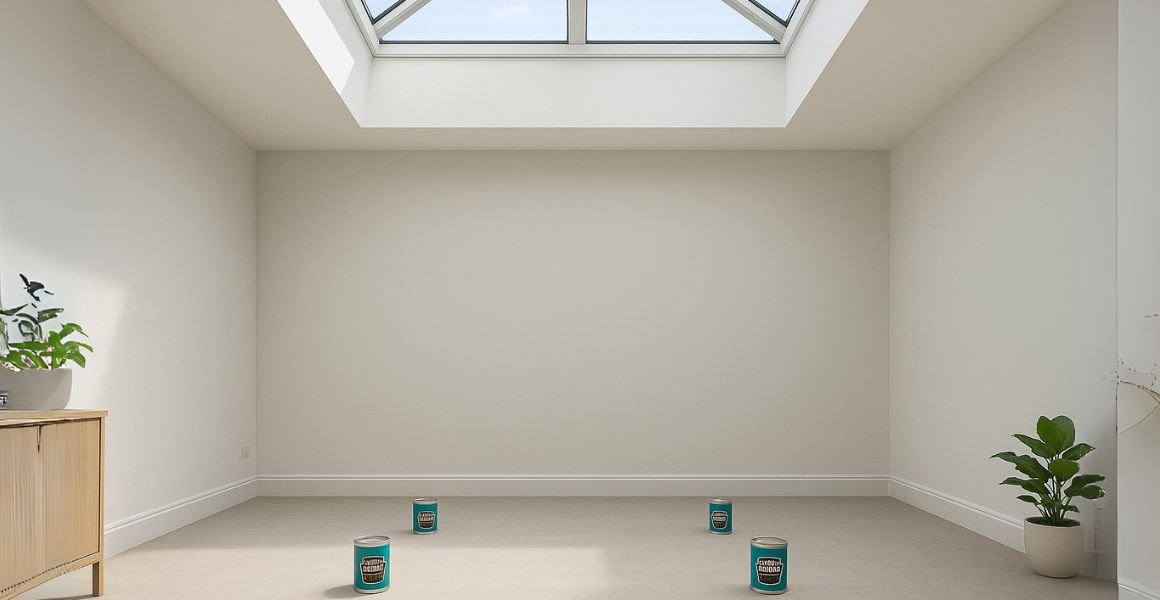
How to Measure For The Honeycomb Openview Manual Roof Lantern Blind Accurately
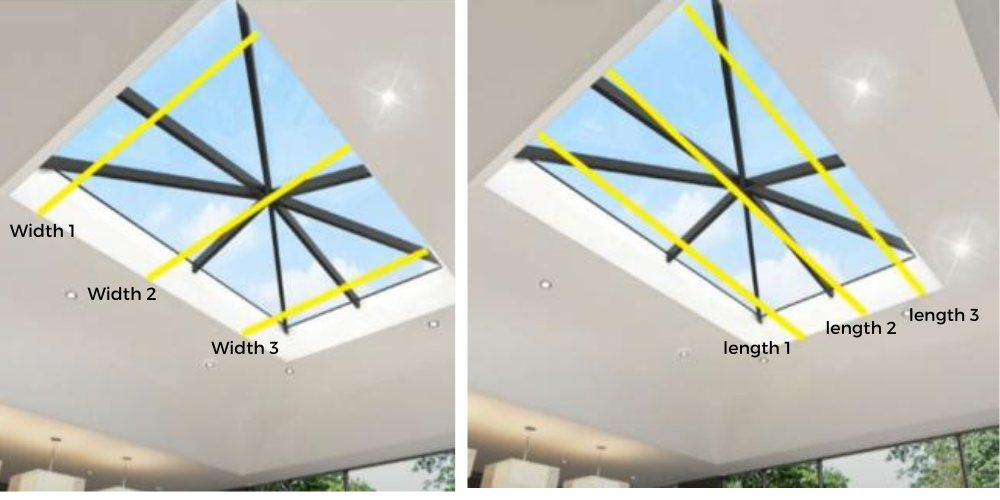
Step 1: Decide Where the Blind Will Sit
Before you get the tape measure out, take a moment to plan where you want the blind to sit within the roof lantern recess. We generally suggest fitting it around three-quarters of the way into the recess. It’s also wise to leave at least 15-20cm of space between the top of the blind and the glass to allow for easy access and ventilation — but don’t stress, it’s a guideline, not a strict rule.
Step 2: Mark Your Measuring Point
Using a pencil, make a small mark on each side of the recess where you plan to install the blind. This will be your reference point for taking accurate measurements and ensuring you’re measuring between consistent points.
Step 3: Measure in Three Places
To allow for any slight irregularities (very common in roof structures), measure both the width and length of your recess in three spots.
Be sure to use a steel tape measure and record everything in millimetres (mm). Please don’t make any deductions — just give us the full Recess Size and we’ll sort out the rest.
Width: Measure across the recess at the top, middle, and bottom.
Drop: Measure down the recess on the left-hand side, in the centre, and on the right.
The Honeycomb Openview Manual Blind is super simple to fit — it arrives with pre-drilled pilot holes (usually between 2 and 4) in each side channel. There's no need to worry about screwing through the top and bottom rails, as they don't require any fixings. Because the blind is lightweight and doesn't rely on tension across the rails, all you need to do is make a solid, standard fixing into the sides of the window recess. For a tidy finish, we recommend using caulk to fill any small gaps around the outer edges of the frame between the frame and the walls.
And don’t worry — if you’re comfortable putting up a shelf or tackling flat-pack furniture, you’ve already got the skills to install our Honeycomb Openview Manual Blinds with confidence!
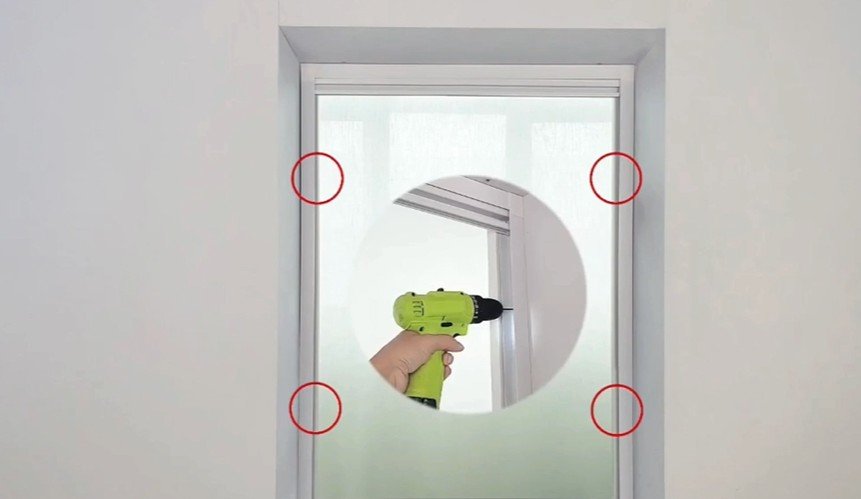
It’s more common than you might think! Most window recesses aren’t perfectly square—walls can bow slightly, plaster can be uneven, and temperatures can cause materials to expand or contract.
That’s why we always ask for three width measurements and three drop measurements—top, middle, and bottom for width, and left, centre, and right for drop. This helps us spot any variation.
We then take the smallest width and smallest drop, and deduct 5mm from each. This ensures your blind fits smoothly, with a little extra space to allow for seasonal expansion and contraction.
If this leaves small gaps around the edge, don’t worry—you’ve got two easy options:
-
Use caulk – A quick bead of decorator’s caulk can seal small gaps and can be painted to match your wall.
-
Use a flexible angle trim – If the gap is a bit larger or you want a really neat finish, a white uPVC flexible trim bends to fit and can be glued in place. 👉 View a flexible trim at B&Q
So even if your window isn’t perfectly square, you’ll still get a professional-looking fit!























































